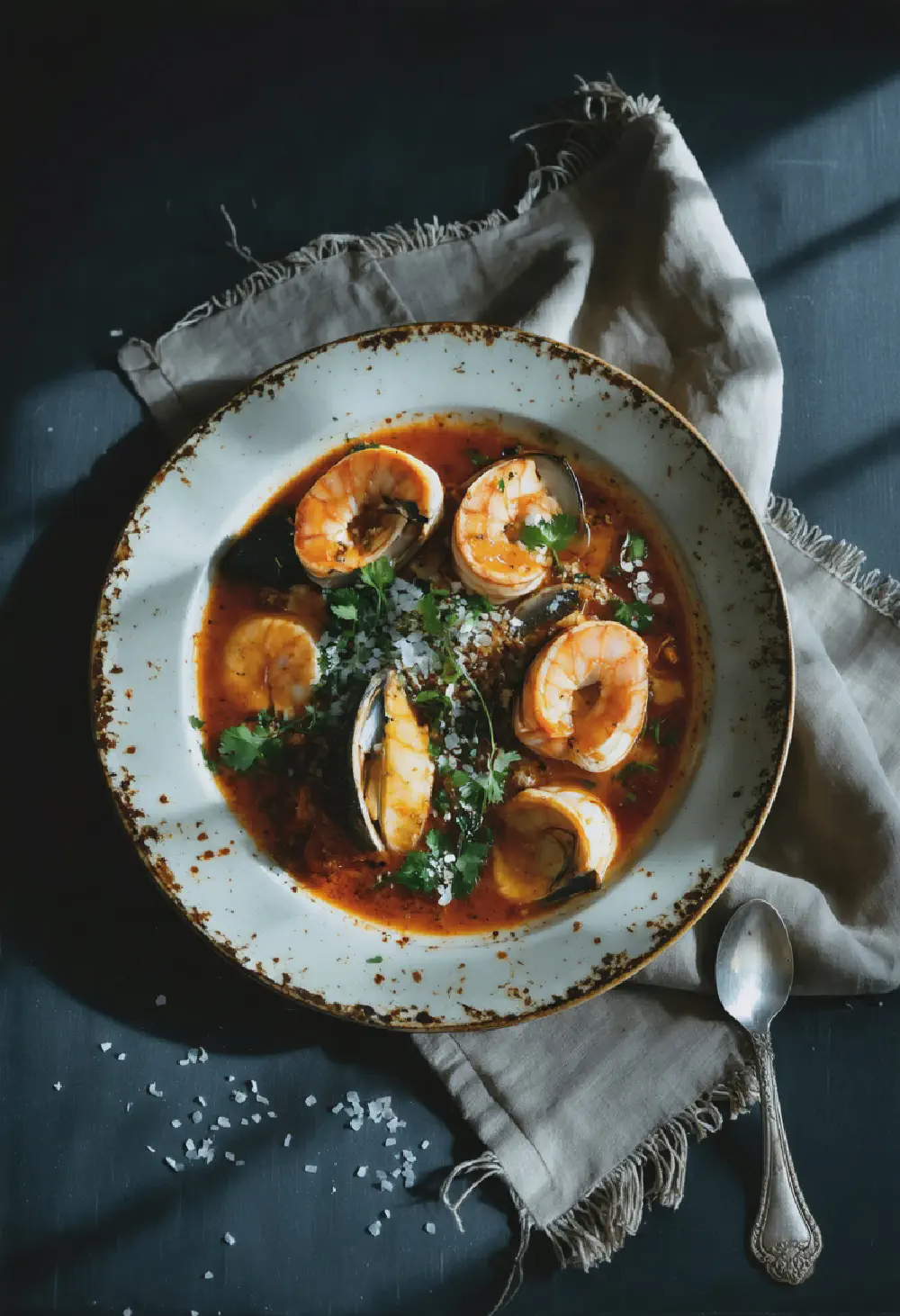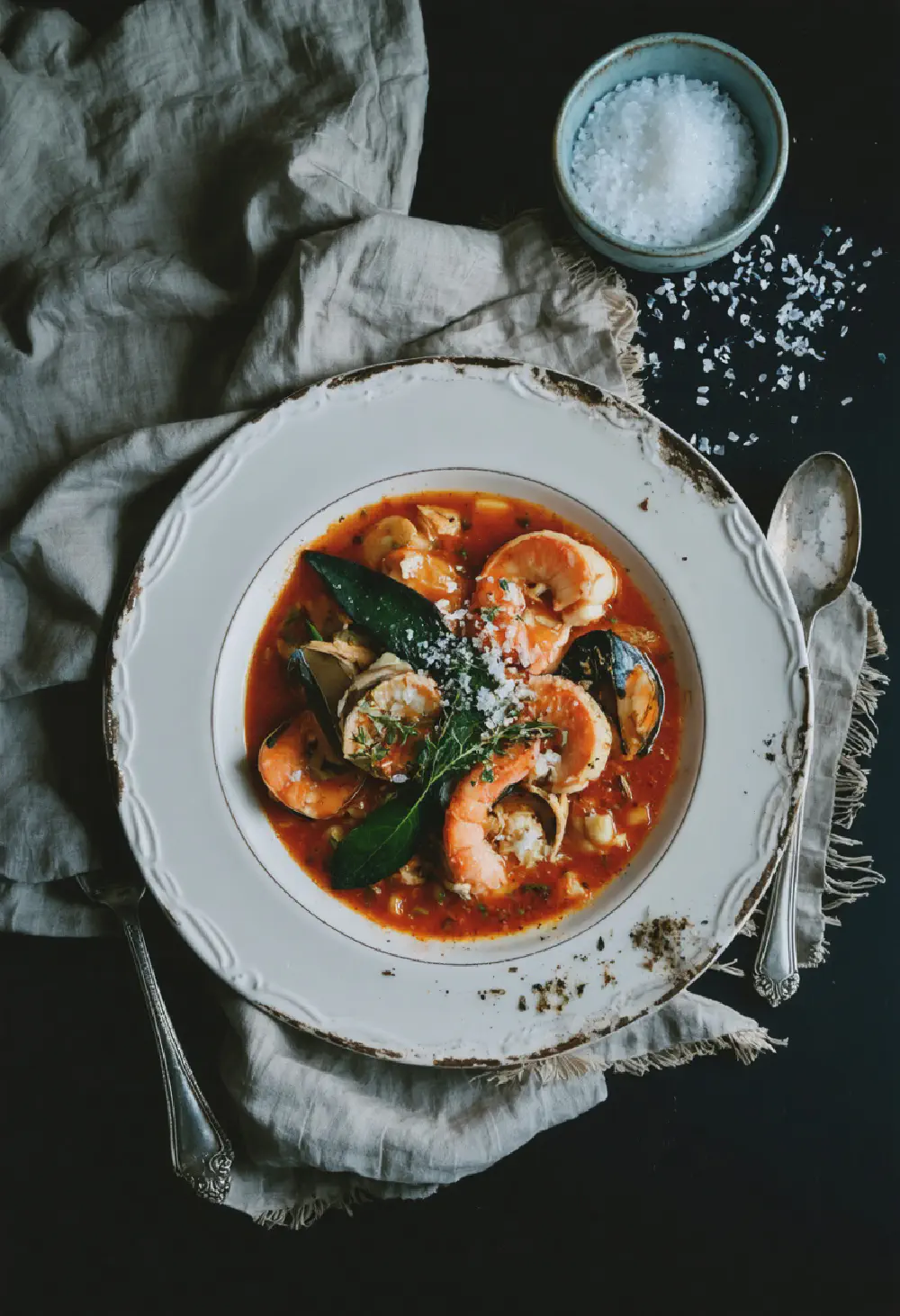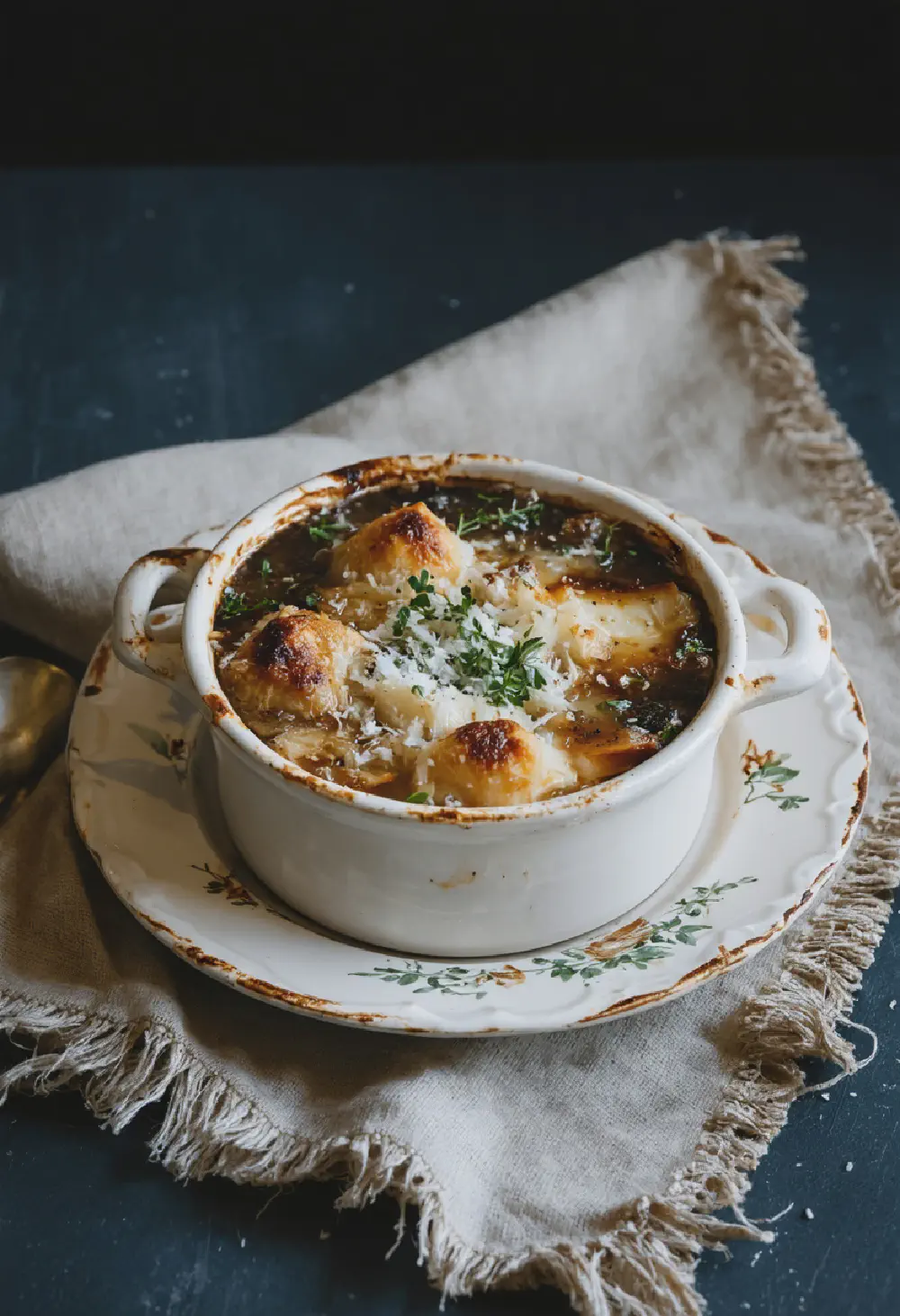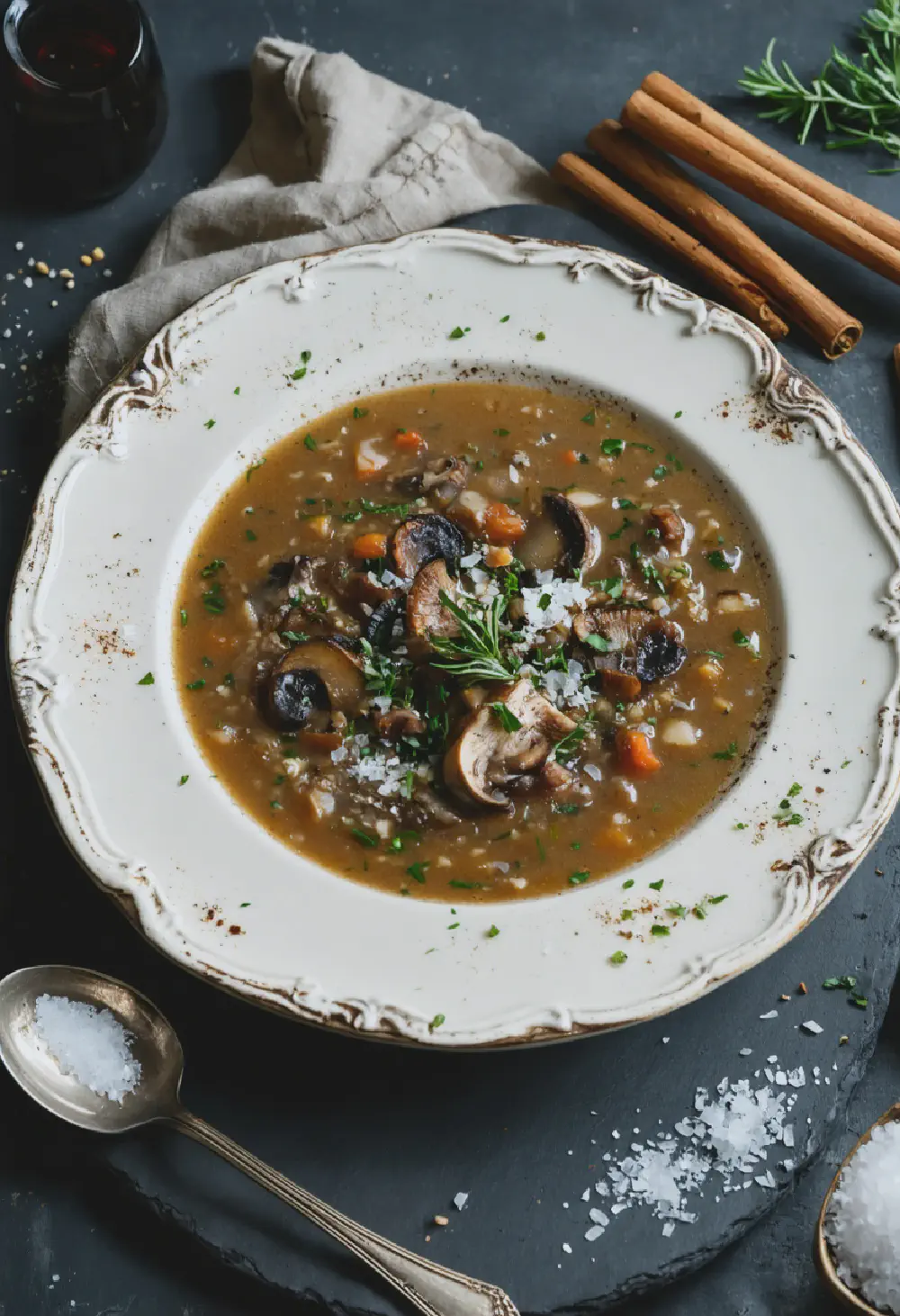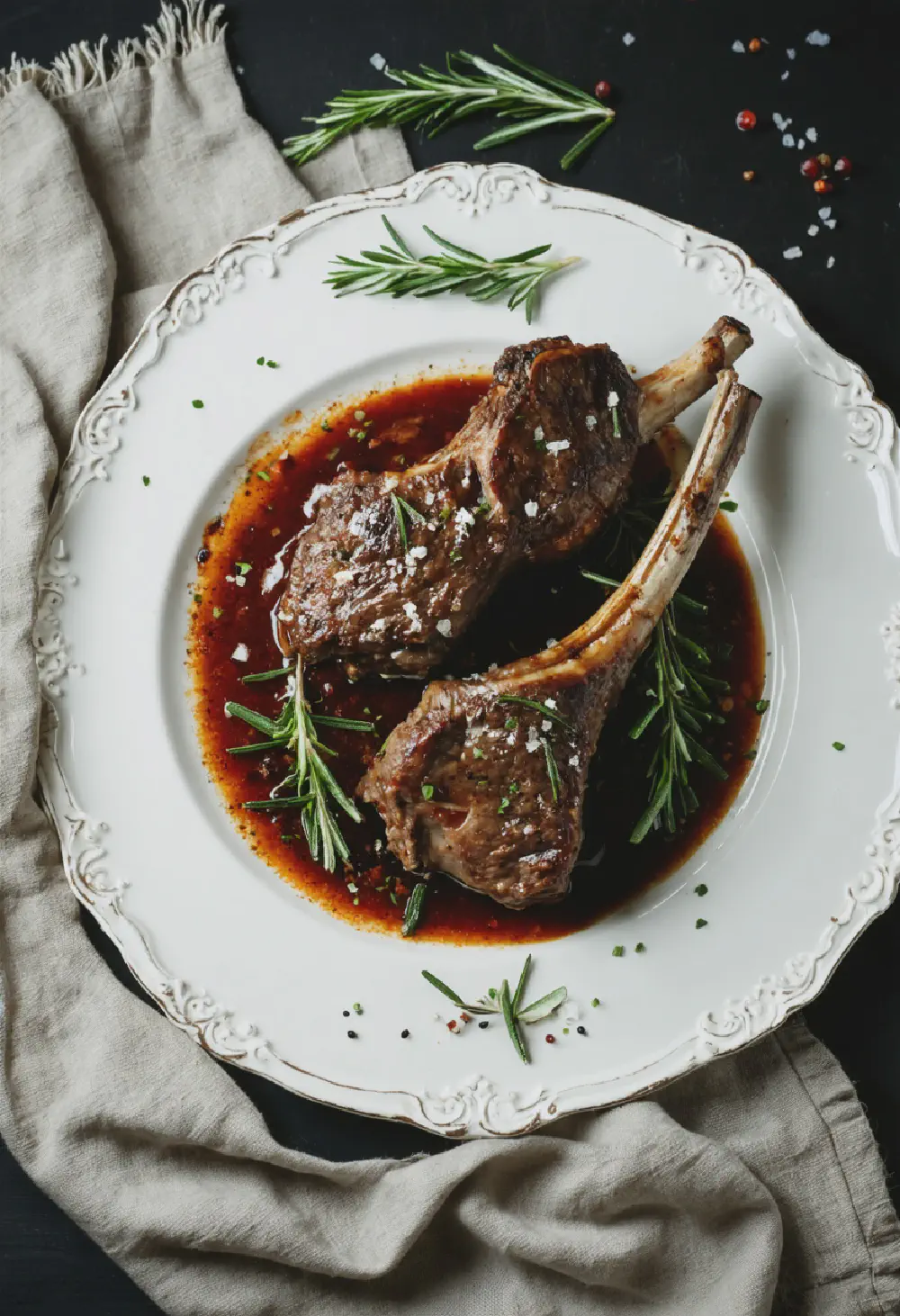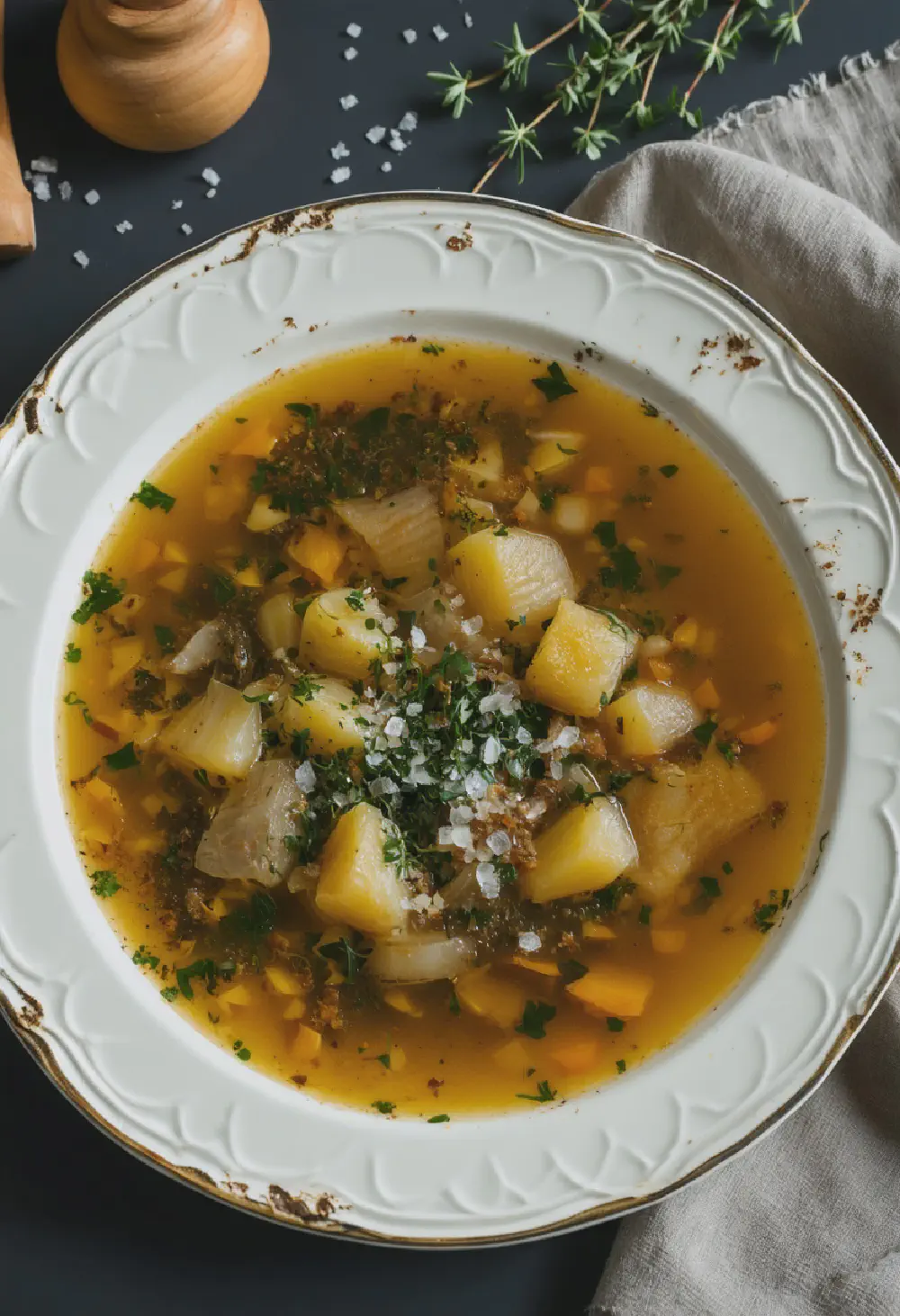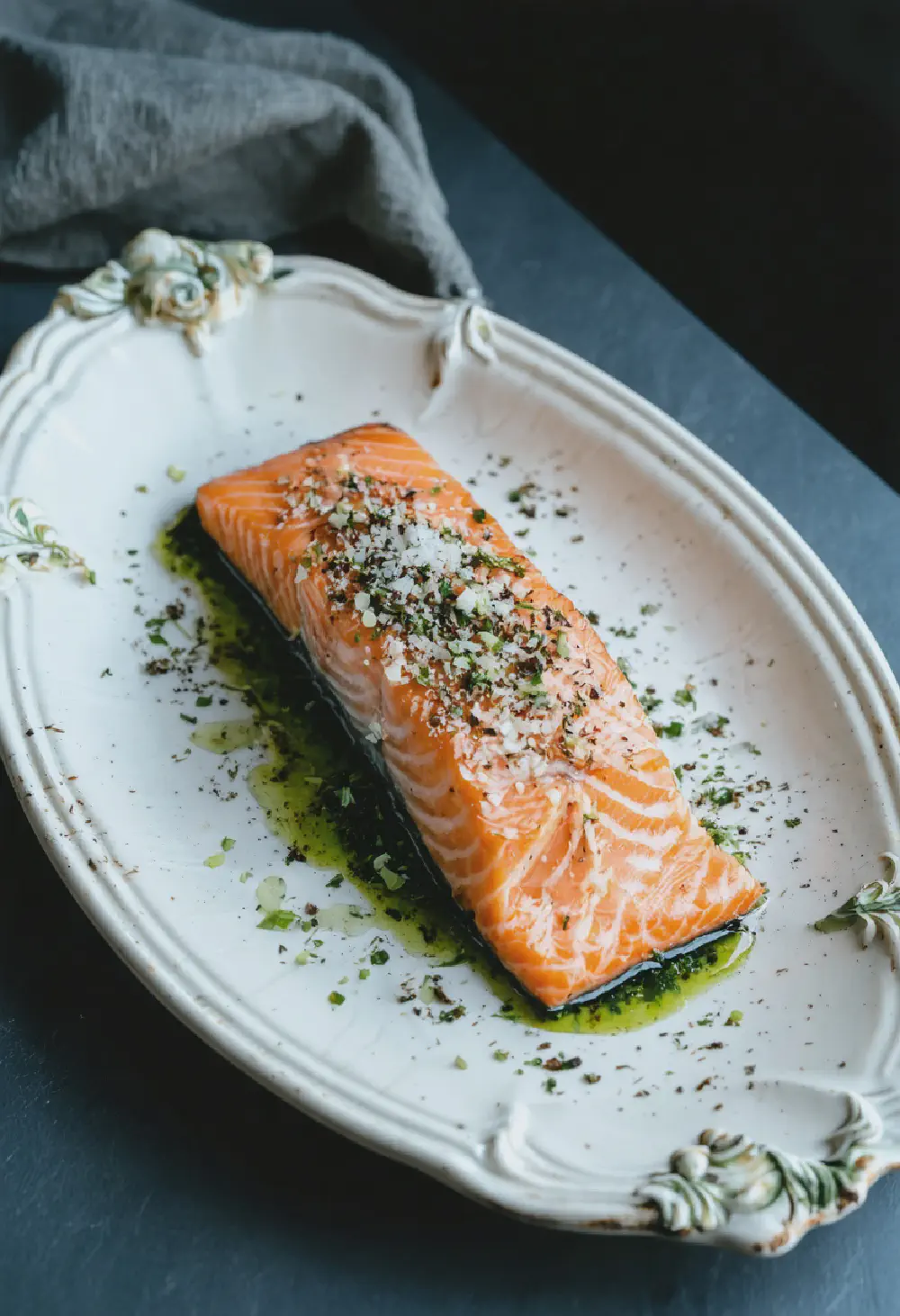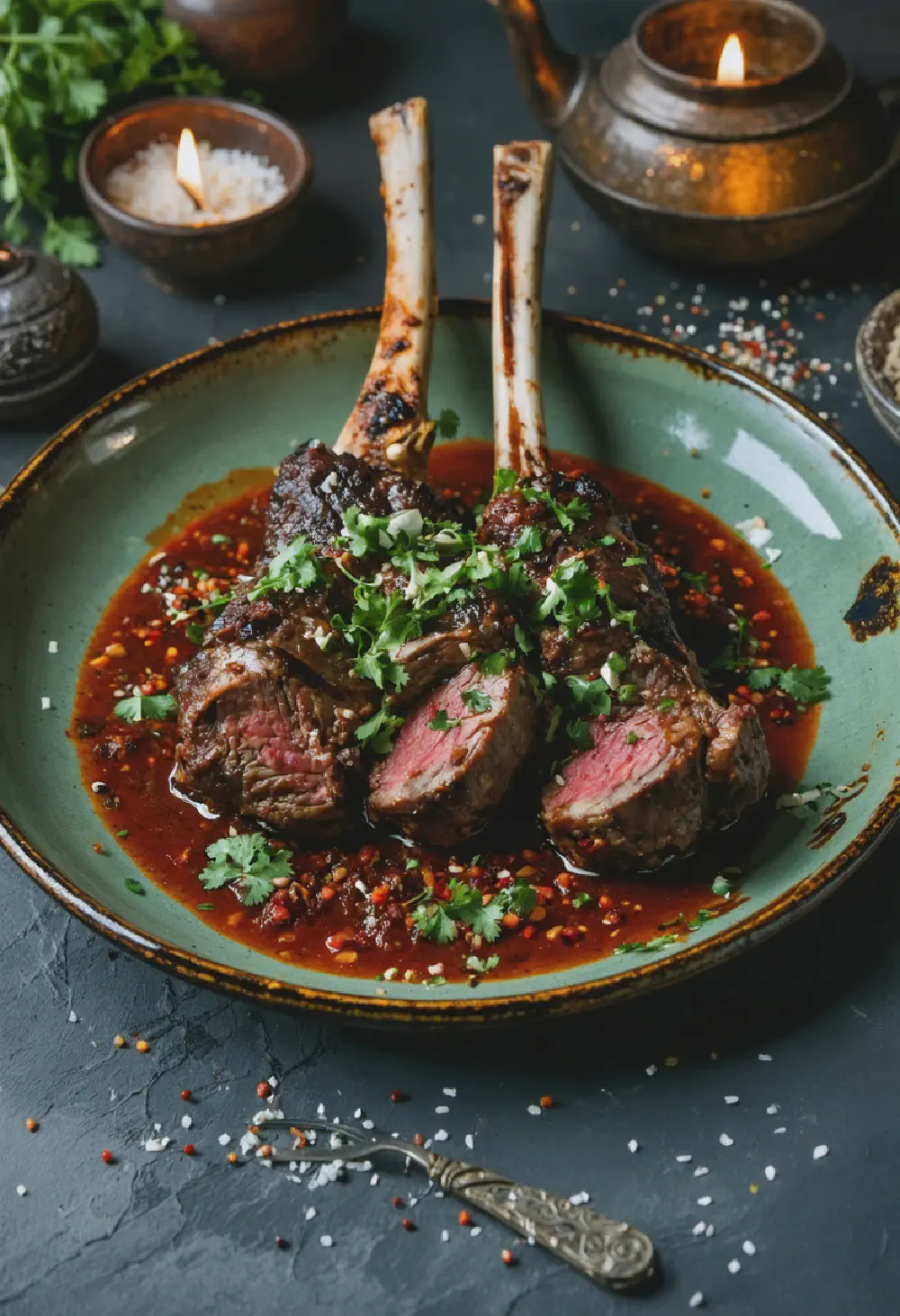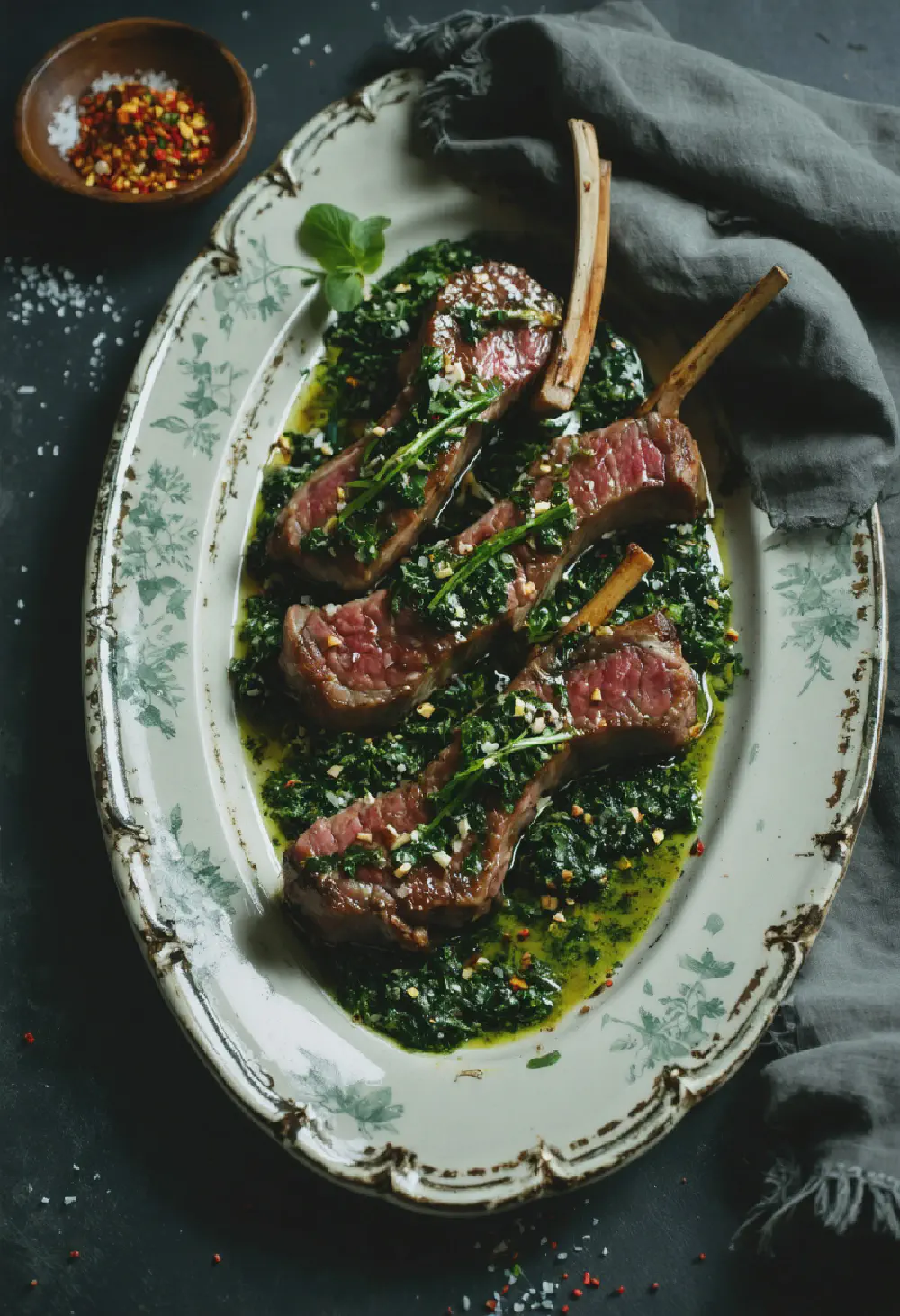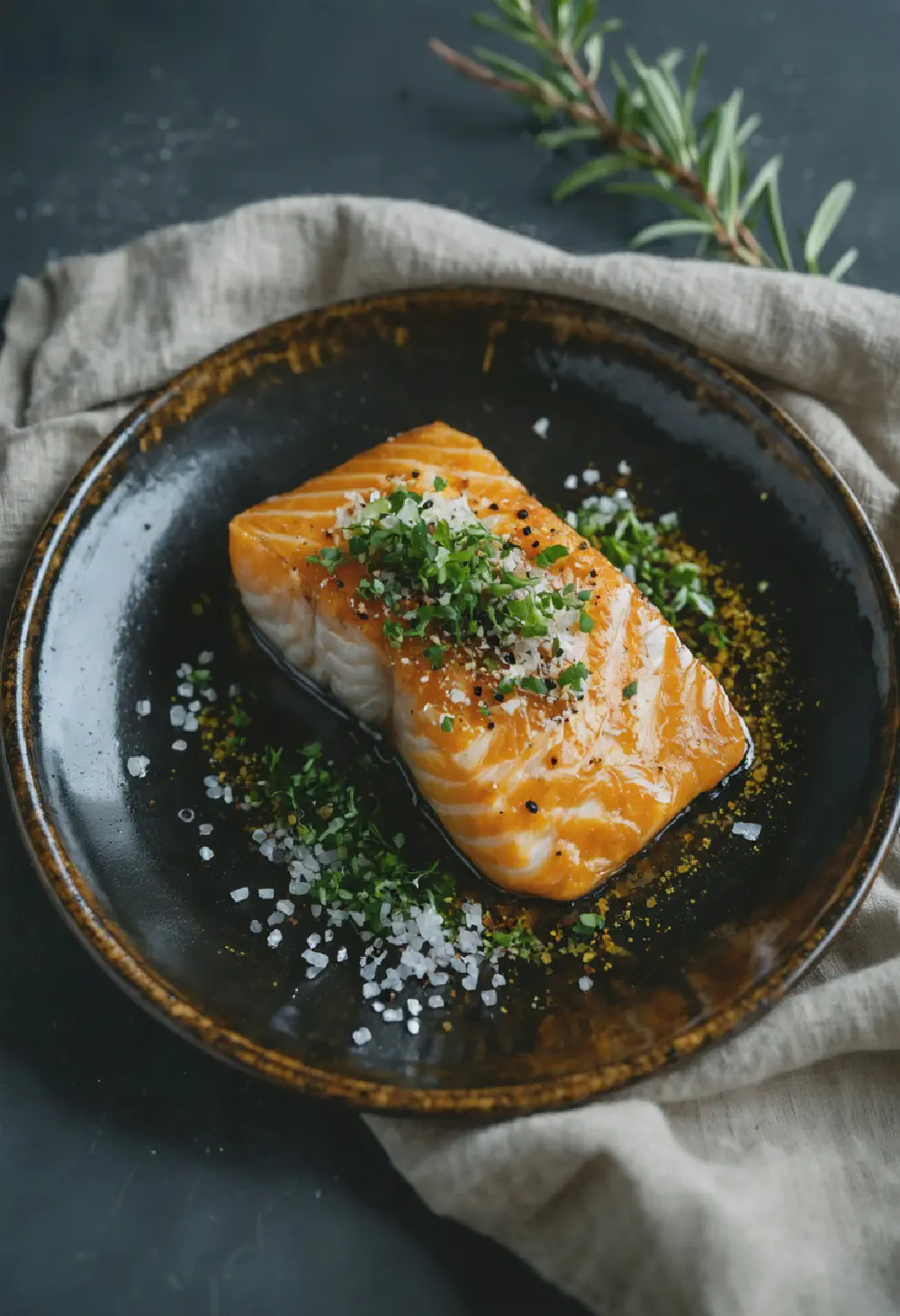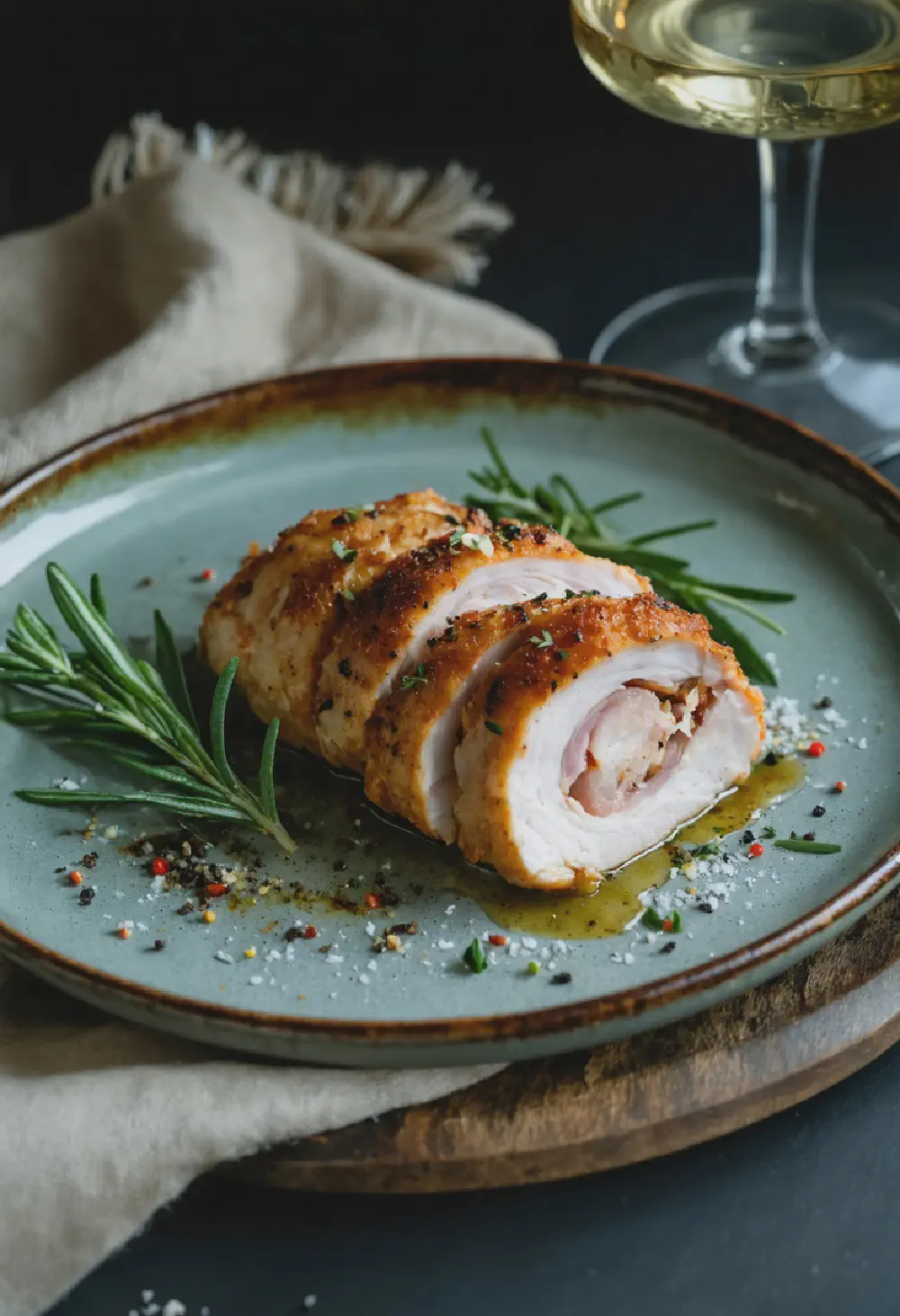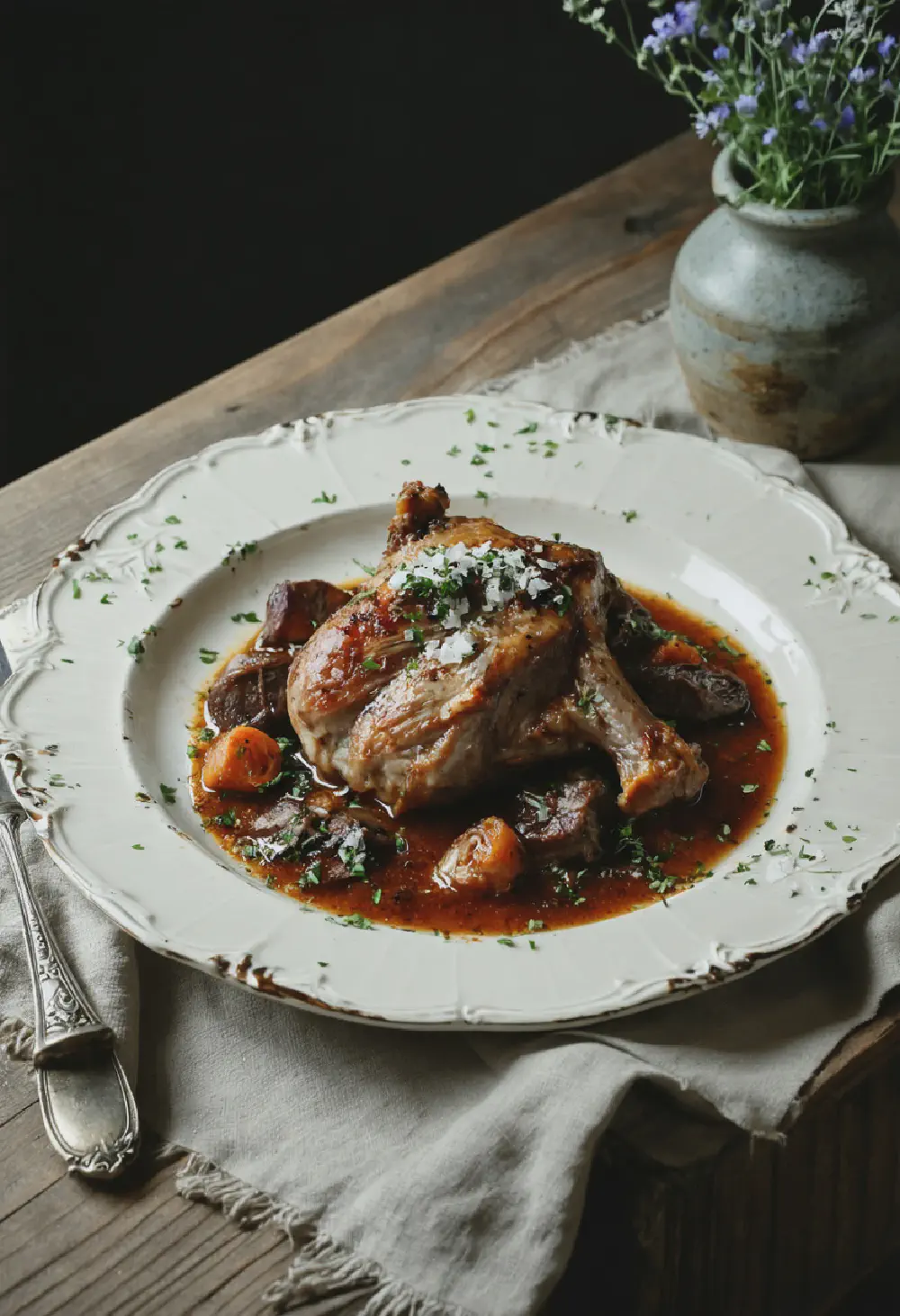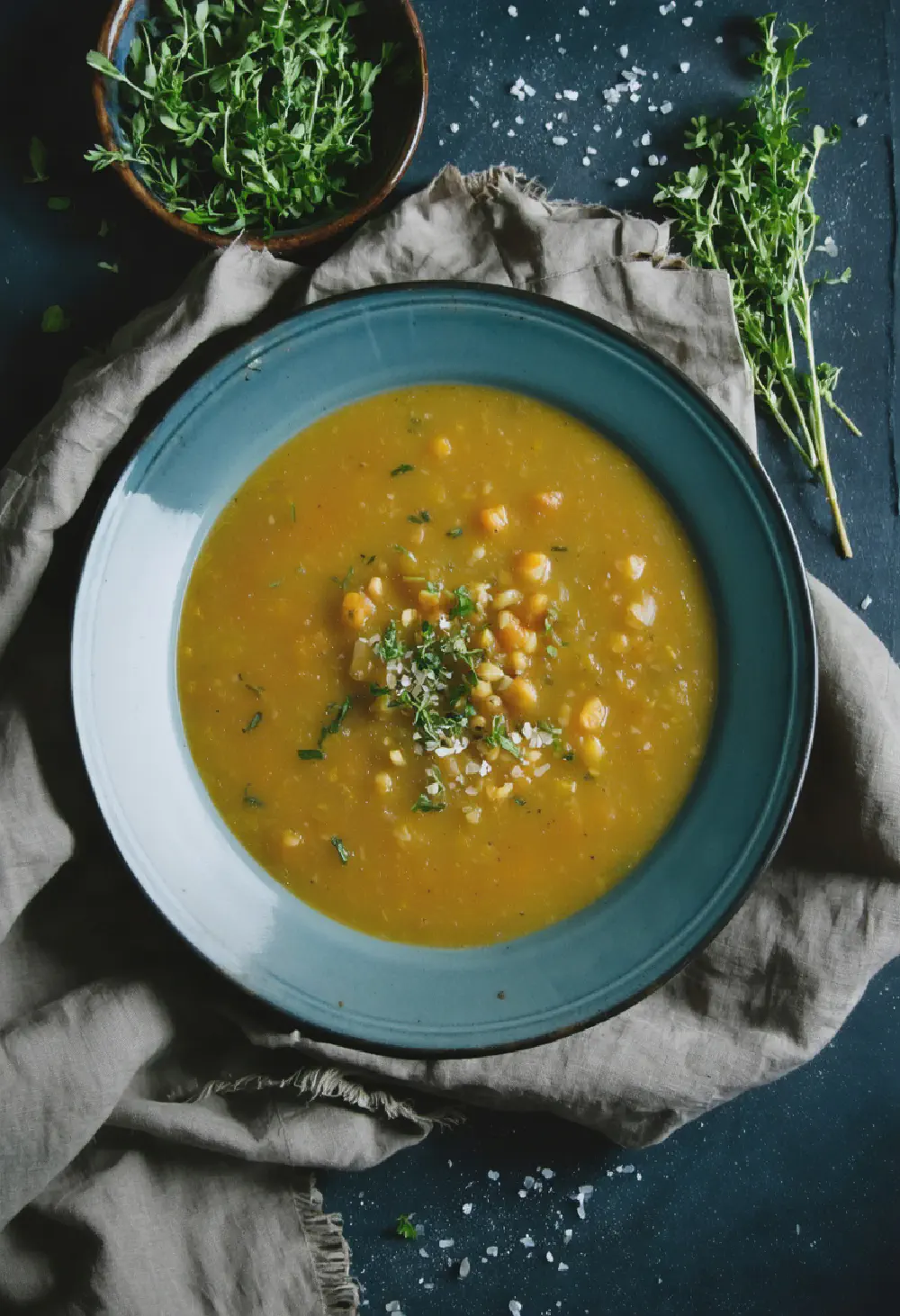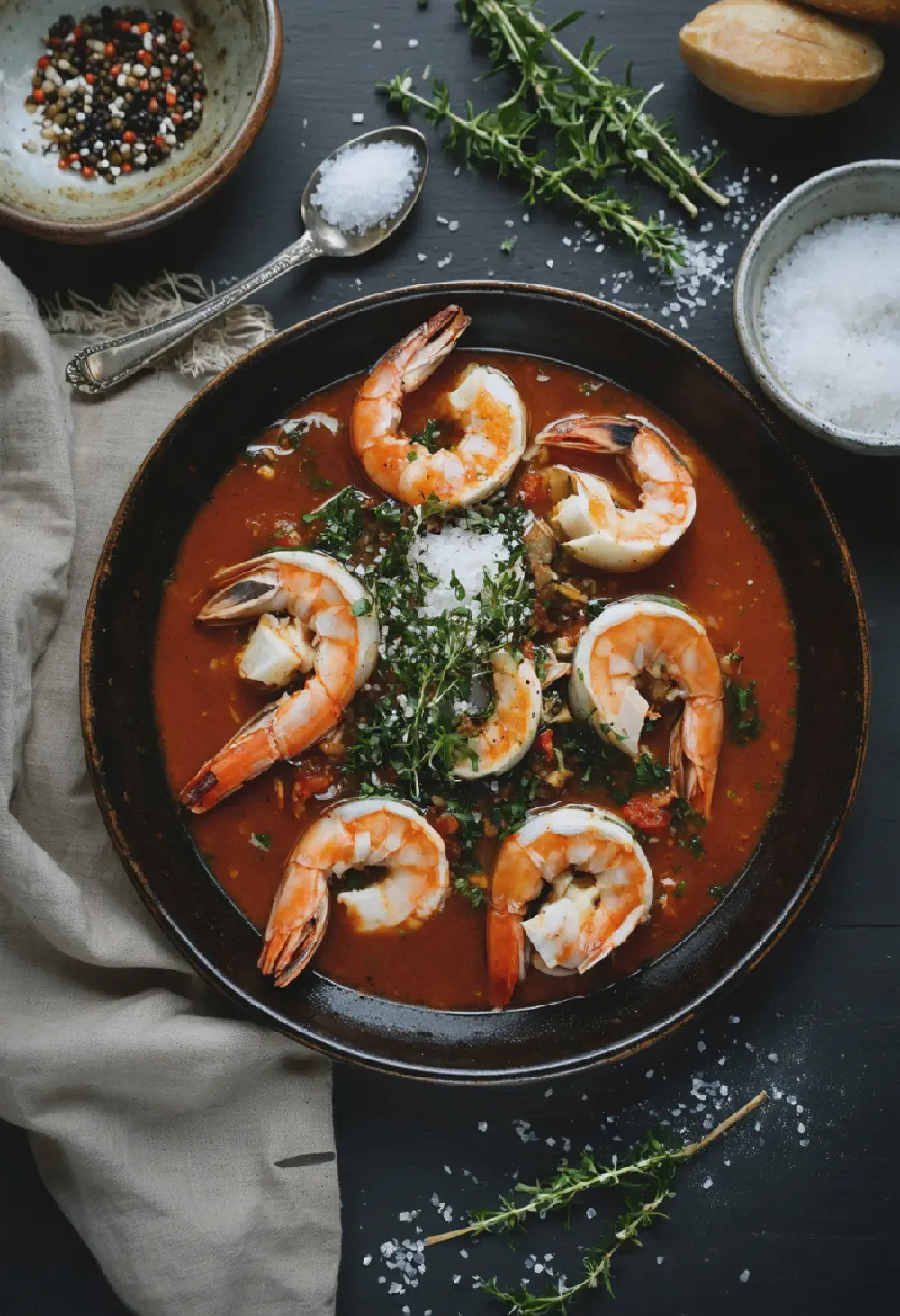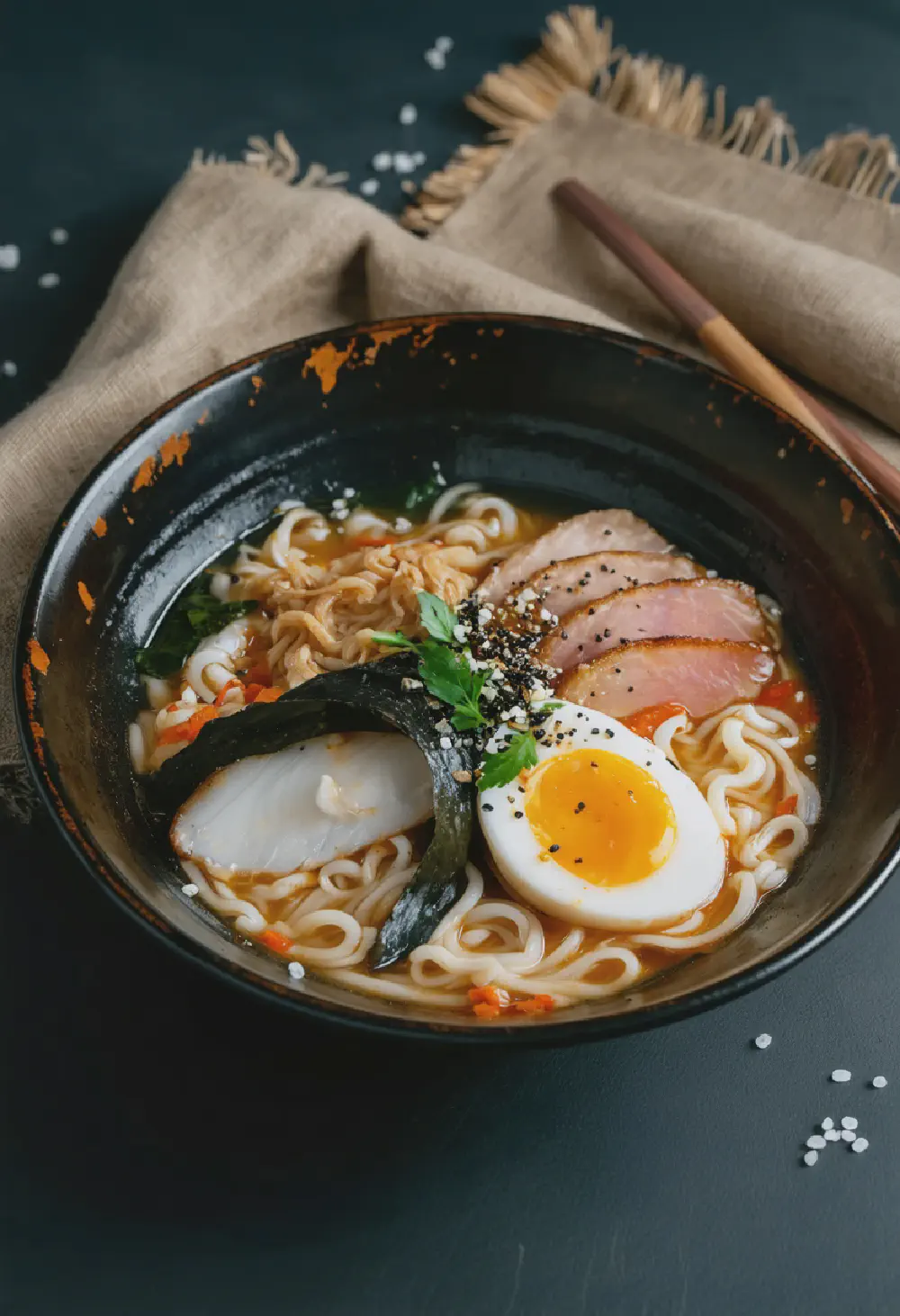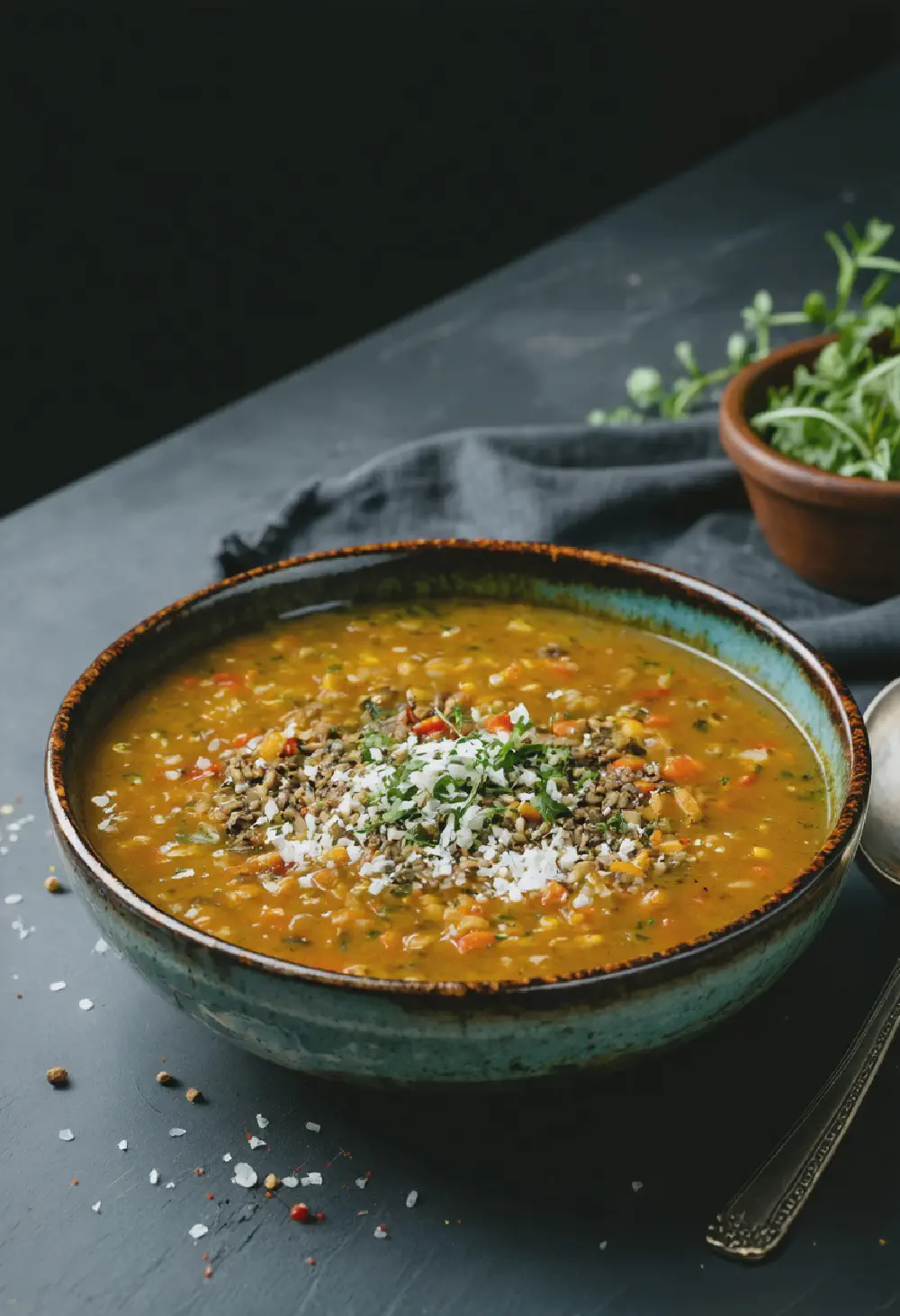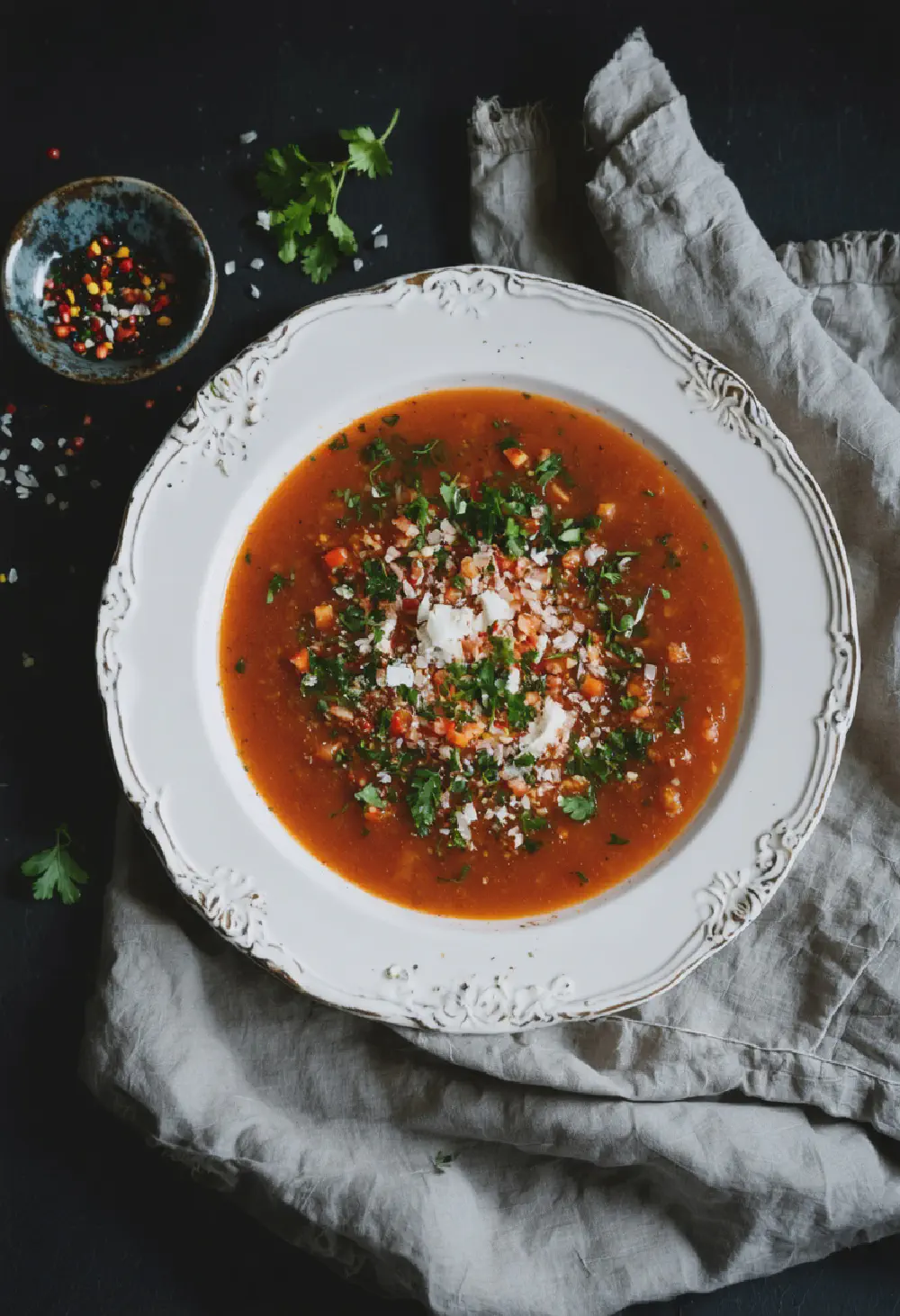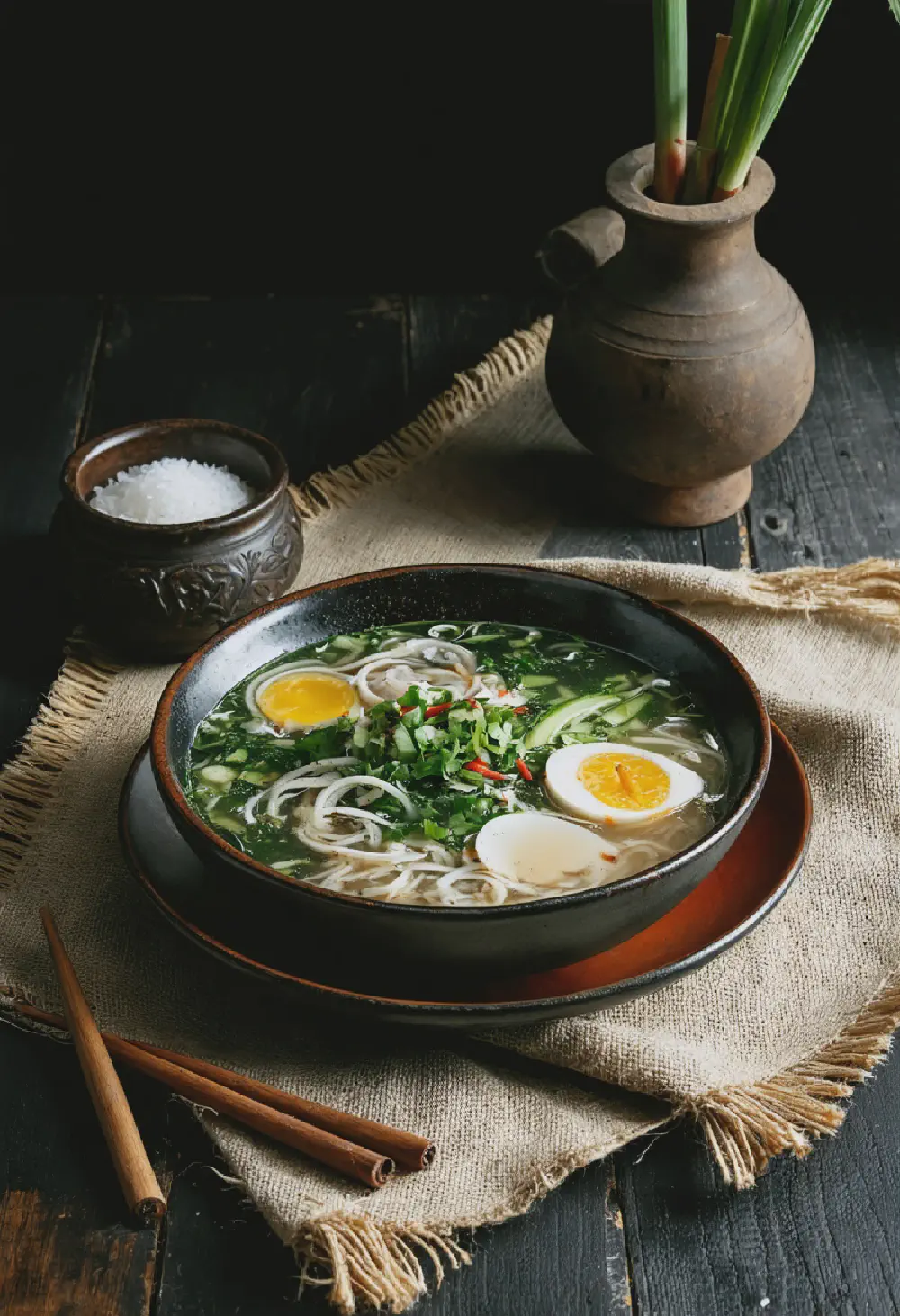Authentic Bouillabaisse
30M
1H and 15M
- Makes 6
- 1 kg mixed fish and seafood (such as red snapper, monkfish, mussels, and shrimp)
- 1 large onion, chopped
- 2 leeks, white part only, sliced
- 2 fennel bulbs, chopped
- 4 garlic cloves, minced
- 1 can (400g) diced tomatoes
- 1/2 cup olive oil
- 1 teaspoon saffron threads
- 1 orange, zest and juice
- 2 bay leaves
- 1 teaspoon dried thyme
- 1 teaspoon fennel seeds
- 1 liter fish stock or water
- Salt and pepper to taste
- Crusty bread, for serving
- Rouillé sauce (optional, for serving)
- In a large pot, heat the olive oil over medium heat. Add the onion, leeks, and fennel, and sauté until softened, about 10 minutes.
- Add the garlic, saffron, orange zest, bay leaves, thyme, and fennel seeds. Cook for another 2 minutes, stirring frequently.
- Pour in the diced tomatoes and fish stock or water. Bring to a simmer and cook for 15 minutes.
- Add the mixed fish and seafood to the pot, starting with the fish that takes the longest to cook. Simmer gently until all the seafood is cooked through, about 10-15 minutes.
- Season with salt, pepper, and orange juice to taste. Remove the bay leaves before serving.
- Serve hot with crusty bread and optional Rouillé sauce on the side.
Authentic Bouillabaisse: A Dive into Its Rich History, Taste, and Cultural Significance
History of Bouillabaisse
Bouillabaisse, a beloved dish in French cuisine, originates from the port city of Marseille. This traditional seafood stew has a history that dates back to the times when local fishermen would make a hearty meal from the unsellable bony rockfish they caught. The name “Bouillabaisse” itself is derived from the Provençal words “bolhir” (to boil) and “abaissar” (to simmer), reflecting the cooking method used to prepare this dish. Over the centuries, Bouillabaisse has evolved from a simple fisherman’s meal to a celebrated dish that embodies the essence of Mediterranean cuisine. Its journey from the humble origins to a staple in French gastronomy showcases the adaptability and richness of French culinary traditions.
Taste Profile of Bouillabaisse
The taste profile of Bouillabaisse is as complex and vibrant as its history. This traditional French seafood stew is known for its rich, aromatic broth, which is achieved through a careful blend of Mediterranean herbs and spices, including saffron, fennel, and orange zest. The stew typically features a variety of seafood, such as rockfish, mussels, and shrimp, each adding its unique flavor to the dish. The result is a harmonious balance of flavors - the sweetness of the seafood, the earthiness of the herbs, and the subtle warmth of the spices. This authentic Bouillabaisse recipe simplifies the classic preparation while ensuring that these essential flavors are preserved, offering a taste of the Mediterranean that is both hearty and refined.
Cultural Significance of Bouillabaisse in French Cuisine
Bouillabaisse holds a special place in French cuisine, particularly in the culinary heritage of Marseille. It is more than just a dish; it is a symbol of the city’s maritime culture and its connection to the sea. In Marseille, Bouillabaisse is often served with great pride and is considered a communal dish, meant to be shared among friends and family. The preparation and enjoyment of Bouillabaisse are steeped in tradition, with specific rituals and customs that have been passed down through generations. This dish not only represents the flavors of the Mediterranean but also embodies the spirit of togetherness and celebration that is central to French dining culture. By simplifying the classic recipe while maintaining its authentic flavors, this Bouillabaisse recipe allows you to experience a piece of French culinary history and cultural significance right at your table.
